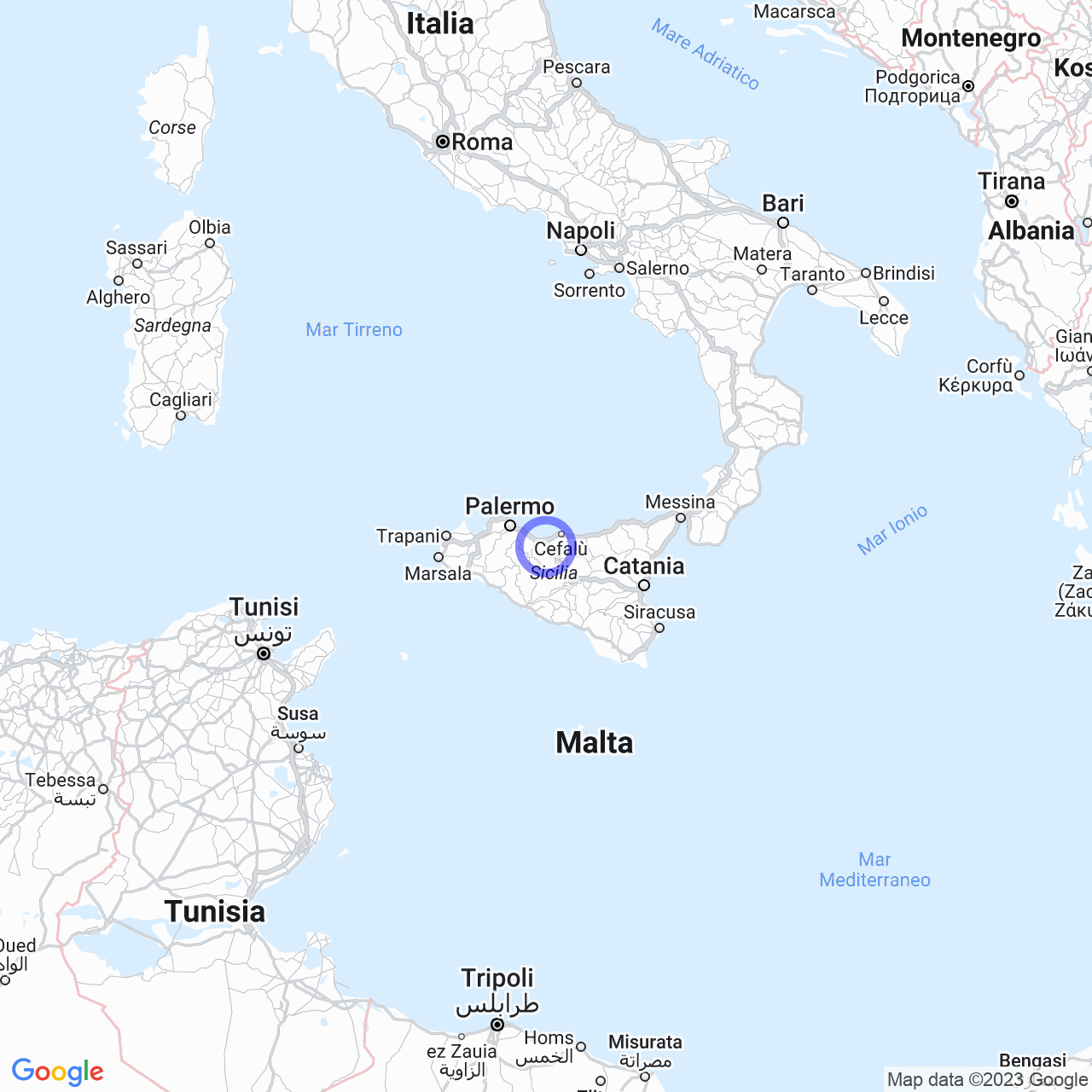Cerda
Welcome to Cerda, in Sicily!
Cerda is a municipality in the metropolitan city of Palermo, located in a hilly area between the Northern Imera and the Torto rivers. With its 4959 inhabitants, Cerda is a city full of history and charm, which has a lot to offer to those who want to discover Sicily.
The physical geography of Cerda
The climate of Cerda is ideal to enjoy the beauty of the territory: mild in winter and hot in summer, it allows to experience the city in every season of the year.

Origins of the name
The name Cerda has several origins. One of the most accredited theories is that it dates back to the noble Spanish family "de la Cerda", descendants of Ferdinand de la Cerda. His nickname, de la Cerda, was assumed as a surname by his descendants. In Spanish, "de la cerda" means "of the pig", and this could be another possible source for the name of Cerda. In addition, the Spanish municipality of Cerdà should be mentioned.
The de la Cerda in this municipality
The history of Cerda is closely linked to the San Esteban y de la Cerda family, who played a leading role in the past of the municipality. Giuseppe San Esteban y de la Cerda, Baron of Calcusa and County of Sclafani, was governor of the Monte di Pietà in Palermo in the 1640s. With privilege granted on February 13, 1659 and executed on January 16, 1663, he obtained the title of Marquis.
The history of Cerda
Calcusa was a hamlet belonging to the then County of Collesano from which, in 1430, was detached by King Alfonso V the Magnanimous, son of Ferdinand I of Aragon. The heir of Giovanni I Ventimiglia, Luciano, lord of Castronovo di Sicilia in 1453, sold the fief to Antonio de Simone Andrea, with the right of redemption within 20 years. From this date and for about two centuries, the fief belonged to the Bardi family. A first nucleus of houses, with a church and some warehouses, is documented only in 1626. A village, therefore, perhaps called "Taverna nuova" or "Fondaco nuovo", probably to indicate its function as a stopover for those who had to move towards the Madonie or the interior of Sicily. From the Bardi family, the fief passed to the San Esteban y de la Cerda family. Giuseppe Santostefano, appointed Marquis by King Philip IV of Spain, obtained the "licentia populandi" in 1636 and promoted the first factories.
Conclusion
In these few words, we have tried to make you discover the beauty and history of Cerda, a municipality full of charm and history. If you decide to visit Sicily, do not forget to include Cerda in your list of places to visit: you will not regret it!
